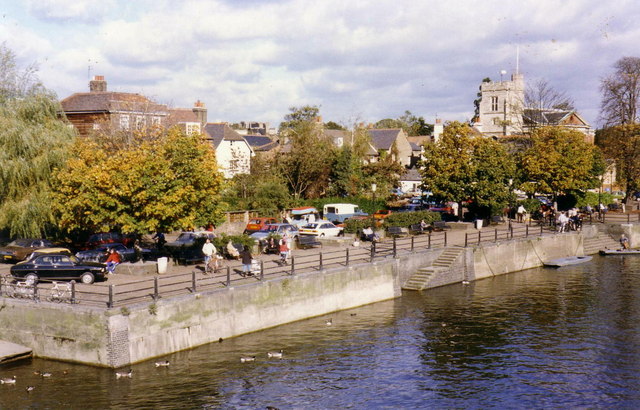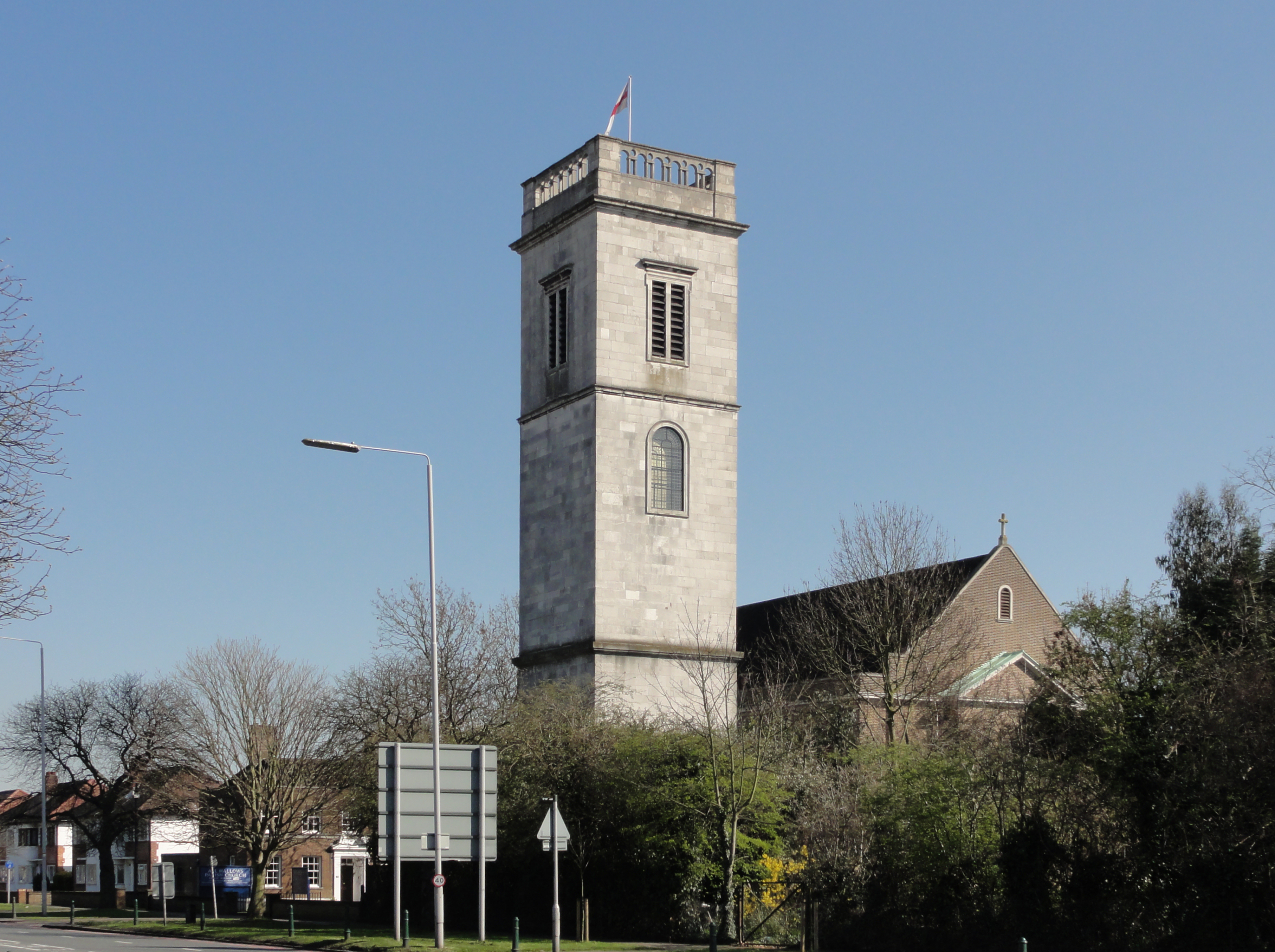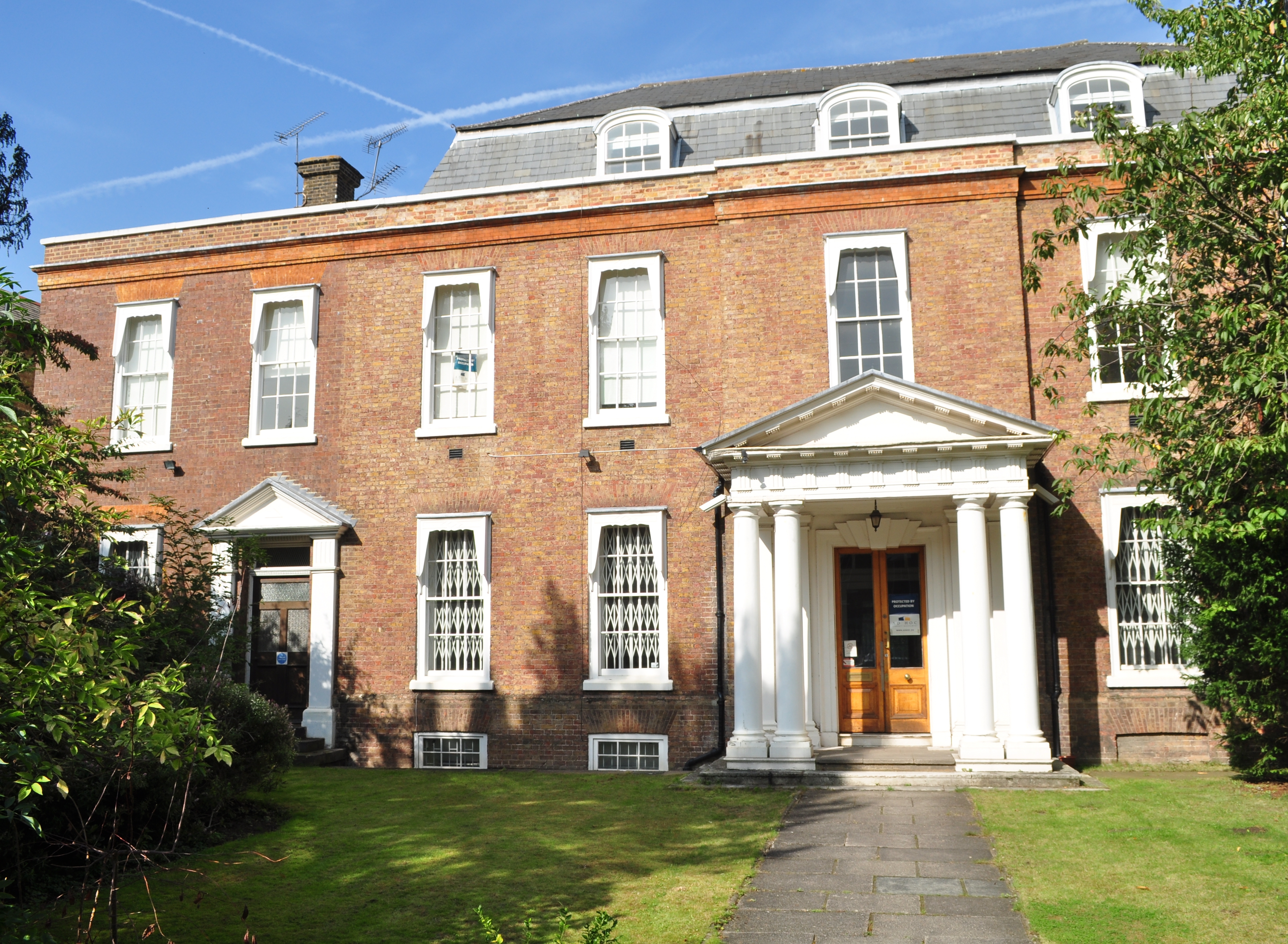|
Twickenham Urban District
Twickenham was a local government district in Middlesex, England from 1868 to 1965. History Twickenham Local Government District was formed in 1868, when the civil parish of Twickenham adopted the Local Government Act 1858. The district was governed by a local board of 27 members.''Twickenham: Local Government'', ''Victoria County History of Middlesex'', Vol. 3 (British History Online), accessed January 28, 2008 The Local Government Act 1894 reconstituted the area of the local board as Twickenham Urban District. Twickenham Urban District Council (UDC), consisting of 24 councillors representing 4 wards, replaced the local board. In 1926 Twickenham was granted a charter of incorporation to become a municipal borough. The borough council consisted of a mayor, 8 aldermen and 24 councillors, and was divided into 8 wards. In 1934 the borough was extended by a county review order: the urban districts of Hampton, Hampton Wick and Teddington were all absorbed by Twickenham. The boroug ... [...More Info...] [...Related Items...] OR: [Wikipedia] [Google] [Baidu] |
Twickenham
Twickenham ( ) is a suburban district of London, England, on the River Thames southwest of Charing Cross. Historic counties of England, Historically in Middlesex, since 1965 it has formed part of the London Borough of Richmond upon Thames, whose administrative headquarters are in the area. The population, including St Margarets, London, St Margarets and Whitton, London, Whitton, was 62,148 at the 2011 census. Twickenham is the home of the Rugby Football Union, with hundreds of thousands of spectators visiting Twickenham Stadium each year. The historic riverside area has a network of 18th-century buildings and pleasure grounds, many of which have survived intact. This area has three grand period mansions with public access: York House, Twickenham, York House, Marble Hill House, Marble Hill and Strawberry Hill House. Another has been lost, that belonging to 18th-century aphorism, aphoristic poet Alexander Pope, who was known as the ''Bard of Twickenham''. Strawberry Hill, the ... [...More Info...] [...Related Items...] OR: [Wikipedia] [Google] [Baidu] |
Ward (country Subdivision)
A ward is a local authority area, typically used for electoral purposes. In some countries, wards are usually named after neighbourhoods, thoroughfares, parishes, landmarks, geographical features and in some cases historical figures connected to the area (e.g. William Morris Ward in the London Borough of Waltham Forest, England). It is common in the United States for wards to simply be numbered. Origins The word "ward", for an electoral subdivision, appears to have originated in the Wards of the City of London, where gatherings for each ward known as "wardmotes" have taken place since the 12th century. The word was much later applied to divisions of other cities and towns in England and Wales and Ireland. In parts of northern England, a ''ward'' was an administrative subdivision of a county, very similar to a hundred in other parts of England. Present day In Australia, Canada, New Zealand, South Africa, Sri Lanka, the United Kingdom, and the United States, wards are an e ... [...More Info...] [...Related Items...] OR: [Wikipedia] [Google] [Baidu] |
College Of Arms
The College of Arms, or Heralds' College, is a royal corporation consisting of professional Officer of Arms, officers of arms, with jurisdiction over England, Wales, Northern Ireland and some Commonwealth realms. The heralds are appointed by the Monarchy of the United Kingdom, British Sovereign and are delegated authority to act on behalf of the Crown in all matters of heraldry, the granting of new coat of arms, coats of arms, Genealogy, genealogical research and the recording of pedigree chart, pedigrees. The College is also the official body responsible for matters relating to the flying of flags on land, and it maintains the official registers of flags and other national symbols. Though a part of the Royal Household of the United Kingdom, the College is self-financed, unsupported by any public funds. Founded by royal charter in 1484 by King Richard III of England, the College is one of the few remaining official heraldic authority, heraldic authorities in Europe. Within the Un ... [...More Info...] [...Related Items...] OR: [Wikipedia] [Google] [Baidu] |
Coat Of Arms
A coat of arms is a heraldry, heraldic communication design, visual design on an escutcheon (heraldry), escutcheon (i.e., shield), surcoat, or tabard (the last two being outer garments), originating in Europe. The coat of arms on an escutcheon forms the central element of the full achievement (heraldry), heraldic achievement, which in its whole consists of a shield, supporters, a crest (heraldry), crest, and a motto. A coat of arms is traditionally unique to the armiger (e.g. an individual person, family, state, organization, school or corporation). The term "coat of arms" itself, describing in modern times just the heraldic design, originates from the description of the entire medieval chainmail "surcoat" garment used in combat or preparation for the latter. Roll of arms, Rolls of arms are collections of many coats of arms, and since the early Modern Age centuries, they have been a source of information for public showing and tracing the membership of a nobility, noble family, a ... [...More Info...] [...Related Items...] OR: [Wikipedia] [Google] [Baidu] |
Twickenham Riverside - Geograph
Twickenham ( ) is a suburban district of London, England, on the River Thames southwest of Charing Cross. Historically in Middlesex, since 1965 it has formed part of the London Borough of Richmond upon Thames, whose administrative headquarters are in the area. The population, including St Margarets and Whitton, was 62,148 at the 2011 census. Twickenham is the home of the Rugby Football Union, with hundreds of thousands of spectators visiting Twickenham Stadium each year. The historic riverside area has a network of 18th-century buildings and pleasure grounds, many of which have survived intact. This area has three grand period mansions with public access: York House, Marble Hill and Strawberry Hill House. Another has been lost, that belonging to 18th-century aphoristic poet Alexander Pope, who was known as the ''Bard of Twickenham''. Strawberry Hill, the Neo-Gothic prototype home of Horace Walpole is linked with the oldest Roman Catholic university in the country, St Ma ... [...More Info...] [...Related Items...] OR: [Wikipedia] [Google] [Baidu] |
Town Hall
In local government, a city hall, town hall, civic centre (in the UK or Australia), guildhall, or municipal hall (in the Philippines) is the chief administrative building of a city, town, or other municipality. It usually houses the city or town council and at least some other arms of the local government. It also often functions as the office of the mayor (or other executive), if the relevant municipality has such an officer. In large cities, the local government is often administratively expansive, and the city hall may bear more resemblance to a municipal capitol building. By convention, until the middle of the 19th century, a single large open chamber (or "hall") formed an integral part of the building housing the council and such other organs of government as supported it. The hall may be used for council meetings and other significant events. This large chamber, the "town hall" (and its later variant "city hall") became synonymous with the whole building, and, synec ... [...More Info...] [...Related Items...] OR: [Wikipedia] [Google] [Baidu] |
Surrey
Surrey () is a Ceremonial counties of England, ceremonial county in South East England. It is bordered by Greater London to the northeast, Kent to the east, East Sussex, East and West Sussex to the south, and Hampshire and Berkshire to the west. The largest settlement is Woking. The county has an area of and a population of 1,214,540. Much of the north of the county forms part of the Greater London Built-up Area, which includes the Suburb, suburbs within the M25 motorway as well as Woking (103,900), Guildford (77,057), and Leatherhead (32,522). The west of the county contains part of Farnborough/Aldershot built-up area, built-up area which includes Camberley, Farnham, and Frimley and which extends into Hampshire and Berkshire. The south of the county is rural, and its largest settlements are Horley (22,693) and Godalming (22,689). For Local government in England, local government purposes Surrey is a non-metropolitan county with eleven districts. The county historically includ ... [...More Info...] [...Related Items...] OR: [Wikipedia] [Google] [Baidu] |
Municipal Borough Of Richmond (Surrey)
The Municipal Borough of Richmond or Richmond Municipal Borough was a municipal borough in Surrey, England from 1890 to 1965.Vision of Britain – Richmond MB historic map ) History The borough was created in 1890 under a Royal Charter, covering the civil parishes, parish of Richmond, London, Richmond.Vision of Britain– Richmond St Mary Magdalene parish [...More Info...] [...Related Items...] OR: [Wikipedia] [Google] [Baidu] |
Municipal Borough Of Barnes
Barnes was a local government district in north west Surrey from 1894 to 1965, when its former area was absorbed into the London Borough of Richmond upon Thames. History The parish of Barnes adopted the Local Government Act 1858 in 1893. It became an urban district in 1894. On 1 April 1901 the Putney detached exclave was gained from the Metropolitan Borough of Wandsworth. Barnes became a municipal borough in 1932. It contained the settlements of Barnes, Mortlake and East Sheen. It was part of the London postal district and Metropolitan Police District. The district was bounded by the County of London to the east, the River Thames and Middlesex to the north, and the Municipal Borough of Richmond to the west and south. The council met at 123 Mortlake High Street from 1895 until 1940, when the building was damaged by wartime bombing. After the war the council met at the Penryn Rooms in East Sheen. In 1965 it was abolished and its former area became part of the London Boro ... [...More Info...] [...Related Items...] OR: [Wikipedia] [Google] [Baidu] |
Greater London
Greater London is an administrative area in England, coterminous with the London region, containing most of the continuous urban area of London. It contains 33 local government districts: the 32 London boroughs, which form a Ceremonial counties of England, ceremonial county also called Greater London, and the City of London. The Greater London Authority is responsible for strategic local government across the region, and regular local government is the responsibility of the borough councils and the City of London Corporation. Greater London is bordered by the ceremonial counties of Hertfordshire to the north, Essex to the north-east, Kent to the south-east, Surrey to the south, and Berkshire and Buckinghamshire to the west. Greater London has a land area of and had an estimated population of in . The ceremonial county of Greater London is only slightly smaller, with an area of and a population of in . The area is almost entirely urbanised and contains the majority of the ... [...More Info...] [...Related Items...] OR: [Wikipedia] [Google] [Baidu] |
York House, Twickenham
York House is a historic stately home in Twickenham, England, and currently serves as the Town Hall of the London Borough of Richmond upon Thames. It is situated in Richmond Road, near the centre of Twickenham, close to St Mary's Church. It is a Grade II* listed building which is situated in a large park, which is also listed. History Early history Unlike several other UK buildings also called York House, the Twickenham building did not take its name from being a residence of a Duke of York. The central portion of York House dates to the 1630s and derives its name from the Yorke family, owners of farming land in the area. It was built for Andrew Pitcarne, a courtier of King Charles I. When Pitcarne died in 1640, the house was sold to Edward Montagu, 2nd Earl of Manchester, in 1656, and then re-sold in 1661 for £3,500 to Henry Hyde, the son of Edward Hyde, 1st Earl of Clarendon, the Lord Chancellor. It then passed through several owners, including (in the late 18th century) ... [...More Info...] [...Related Items...] OR: [Wikipedia] [Google] [Baidu] |
Teddington Urban District
Teddington was a local government district in west Middlesex around the village of Teddington from 1894 to 1937. Teddington Urban District succeeded the local board of health following the Local Government Act 1894. The board had purchased Elmfield House in the High Street shortly before it was dissolved and the fifteen-member Urban Council used it for meetings and offices until its dissolution. In 1900 the urban district was divided into four wards; Fulwell, Lower Teddington, Upper Teddington and South Teddington. The urban district was abolished in 1934, when a county review order included its area in an enlarged Municipal Borough of Twickenham. However, local resistance to the proposal delayed implementation and the District continued to function until 1937. Elmfield House remained in use as council offices and was Grade II In the United Kingdom, a listed building is a structure of particular architectural or historic interest deserving of special protection. Such build ... [...More Info...] [...Related Items...] OR: [Wikipedia] [Google] [Baidu] |








